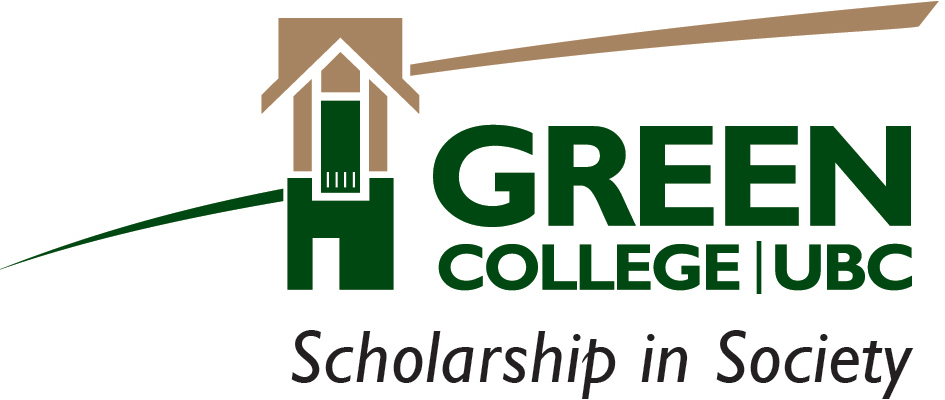CANCELLED: Where Did Our Belongings Come From? Geo-Sourcing Projects
-
Rhy McMillan and Dominique Weis, Earth, Oceans, and Atmospheric Sciences, UBC; Community partners from xʷməθkʷəy̓əm (Musqueam), We Wai Kai, Sts’ailes
Coach House, Green College, UBC
Wednesday, March 18, 5-6:30 pmin the series
Indigenous/Science: Partnerships in the Exploration of History and Environments -
Indigenous oral history and archaeological evidence both support extensive long-distance trade and exchange networks in ancient North America. However, many Indigenous communities oppose the excavation, decontextualization, and analysis of their belongings (artifacts) and ancestral remains to document such activities for Rights and Title applications. In partnership with xʷməθkʷəy̓əm (Musqueam), an Indigenous community in modern-day Vancouver, BC, we are identifying ways by which previously-excavated materials can be analysed to support community-led research initiatives. In this study, we investigate the geographic origins of 14 small (<1cm in length) fragments of lithic material (‘micro-belongings’) exhumed from c̓əsnaʔəm (Marpole), a key xʷməθkʷəy̓əm village site. Due to the small size of the micro-belongings, their morphology alone provides little archaeological information. After non-destructive analysis of the glass fragments with Raman spectroscopy, 13 were shown to be composed of at least two varieties of obsidian, and the remaining lithic fragment was shown to be composed of fine-grained volcanic material. The community requested further investigation of source affiliations for the micro-belongings and granted permission for minimally-invasive split stream – inductively coupled plasma – mass spectrometry (SS-LA-ICP-MS) analyses to measure their trace element concentrations and Pb isotopic compositions. A comparison of their measured characteristics with those of potential geologic sources indicates that four of the fragments most likely originated at Browns Bench, an obsidian source in southern Idaho, ~1000 km southeast of c̓əsnaʔəm. The remainder of the fragments most likely originate from Glass Buttes (OR), a large obsidian source ~670 km south-southeast of c̓əsnaʔəm. The other lithic fragment composed of fine-grained volcanic material is likely also from a volcanic centre within the High Cascades or Garibaldi Belt. Such long-distance transport of obsidian in antiquity supports the oral history and continuity of complex xʷməθkʷəy̓əm social and material networks, which still exist today, and provides key additional lines of evidence for how and from where ancient people procured resources in North America.
Rhy McMillan is a PhD Candidate at the Pacific Centre for Isotopic and Geochemical Research (PCIGR) at the University of British Columbia (UBC) and a core group member of the UBC Indigenous/Science Research Excellence Cluster. He has a background and extensive training in both anthropology/archaeology and Earth science. His current research is focused on providing key information to archaeologists, palaeoanthropologists, and palaeontologists so they can better describe and explain the spatial, temporal, and biological relationships within and among assemblages of exhumed bones, teeth, and belongings.
Dominique Weis is a Tier 1 Canada Research Chair in the Geochemistry of the Earth’s mantle, one of the founding members of the UBC Indigenous/Science Research Excellence Cluster, and the Director of the PCIGR at UBC. Her research investigates the distribution of chemical elements and their isotopes in Earth systems. Her innovative use of trace element and isotope geochemistry spans a wide range of applications in the Earth and environmental sciences. These techniques can be used to quantify and source trace metals in the environment and in biological samples, as recently exemplified by the Vancouver honey and Pacific fish studies.
Rhy and Dominique work as a team using high-resolution geochemical (e.g., laser ablation – inductively coupled plasma – mass spectrometry; LA-ICP-MS) and spectroscopic (e.g., X-ray fluorescence and Raman spectroscopy) techniques to identify and investigate the primary sedimentary, geographic, and geologic context and original condition of archaeological materials in support of Indigenous-led research initiatives. One of their primary goals is to further develop the application of these techniques for acquiring information not obtainable via traditional archaeometric and osteometric analyses, facilitating the interpretation of the source, identity, and movement of humans and their belongings through space and time.

-
Unless otherwise noted, all of our lectures are free to attend and do not require registration.
March 18, 2020
10:00 am to 11:30 am
Coach House
6201 Cecil Green Park Rd